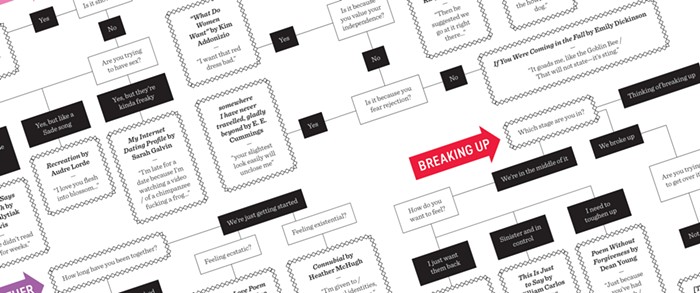An unknown French economist, Thomas Piketty, has written a very long book, Capital in the Twenty-First Century, that Americans are raving about and the New York Times' Paul Krugman calls the most important economics book not only of the year, but possibly the decade. How did Piketty do it?
To answer this question, you have to think of French skunk Pepé Le Pew, a cartoon character in the wonderfully twisted world of Looney Tunes. Pepé Le Pew is what many Americans believe a Frenchman boils down to: pure seduction. Seduction is in their blood, and they have to do it. Think of Roland Barthes, Michel Foucault, Gilles Deleuze; these men wrote with such style, had such a way with words, and relentlessly did to your mind what Pepé Le Pew does to that poor pussycat he has mistaken for a female skunk.
Piketty is French, but he is not a seducer. There is no pleasure in his text, no eruptions, ruptures, or ejaculations. His way of writing is as bland as unbuttered toast and as readable as anything you will find in USA Today. Indeed, he can even be accused of being a bit repetitive. Piketty's straightforwardness has, in short, disarmed the American distrust of the French. He seems to be just saying the facts, and Americans (particularly Americans in the economics profession) prefer their facts to being fucked with.
Timing might be another reason Piketty's book is doing so well. Before the economic crash of 2008, a book about how the rich are getting richer would never have received even a spot of attention from the mainstream press. But millions of Americans have had their noses rubbed right in the crappiness of capitalism, have seen their homes taken away by banks whose profits were quickly restored by public funds, and have woken up to learn that their jobs, savings, and wages are being sacrificed to an economic crisis that had little to do with them. Now that there are many fingers pointing directly at the 1 percent, the climate for a book that has lots of hard facts about the nature and future of inequality could not be more welcoming.
A little understanding of economics is needed to explain how Piketty conceptualizes financial inequality, but not much. In the 1950s and 1960s, Nobel Prize–winning economist Simon Kuznets studied tax records and concluded that capitalism started out raw, gradually became more civilized, and distributed wealth over a wider area of society. This theory was named the Kuznets curve, which is an elegant upside-down U, and Piketty does a number on it. By also using tax records, he shows that the curve is not a law or tendency of capitalism, but a consequence of a crisis of capital that was instigated by two major wars in the first half of the 20th century. After World War II, the West experienced the Golden Age of Capitalism: Workers were getting paid better, unions represented their interests, and capitalist economies enjoyed a high rate of growth. It was in this context that Kuznets formulated his curve. He saw the period as the natural next and final stage of capitalism's great and wonderful story. It had a happy ending. It looked like Leave It to Beaver. But he was wrong. By the 1980s, we were well on our way back to the true state of things, the economic order we established before the First World War. In this period, what mattered most was not wealth from hard work, but wealth from inheritance.
According to Piketty, low economic growth inevitably leads to the growth of inherited wealth. When he says "low growth," he means around 1 percent a year. Piketty, however, points out that 1 percent is nothing to laugh at when seen from a long-term perspective. In only a generation (35 years), 1 percent can accumulate into a massive amount of desirable capital.
The future looks bleak and, to be honest, Piketty's book offers no real solutions. All he is doing is telling it like it is. ![]()




















